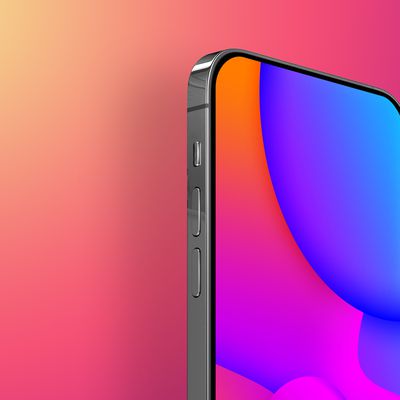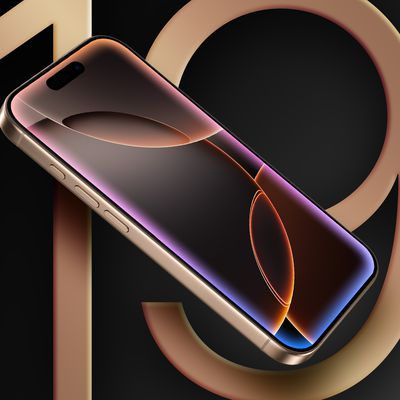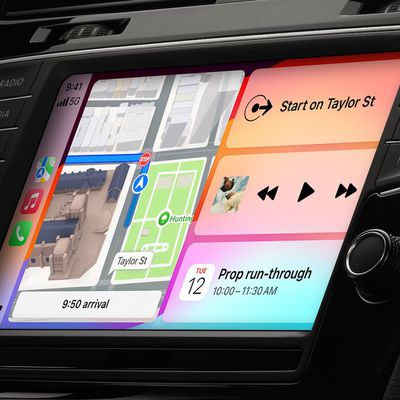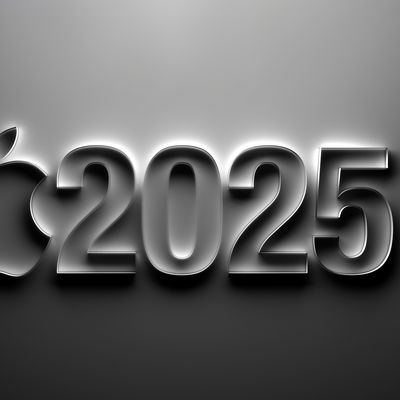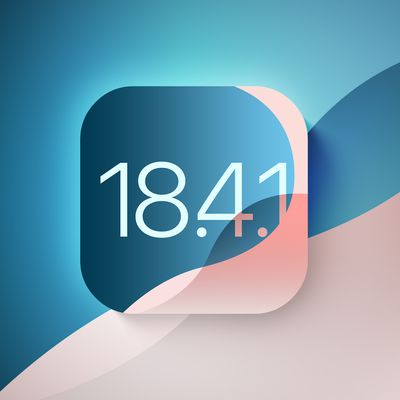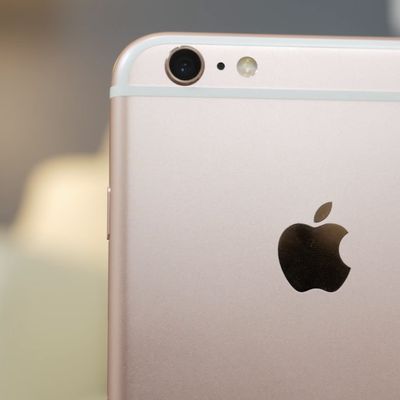Bluetooth LE Standard Gains Mesh Networking for Improved Smart Home Connectivity
The Bluetooth Special Interest Group today announced that its Bluetooth technology has been updated with support for mesh networking, designed to create large-scale device networks by connecting multiple Bluetooth devices to one another.
Bluetooth calls these "many-to-many" connections, which can support just a handful of devices or up to thousands. In a home setting, the mesh feature will be useful for connecting smart home devices to one another to establish a network that spans an entire house, with no areas that are out of range.
Mesh networks are an improvement over single-point connections because a Bluetooth signal can be transmitted from device to device, reaching further distances. Some products, like the ZigBee-based Philips Hue line of lights, already use mesh networking techniques that are similar to what's being implemented today.
Bluetooth mesh also has many commercial uses, because it creates a reliable network with no single point of failure, it can scale to support thousands of nodes, it supports multi-vendor interoperability, and it offers industrial-grade security. Bluetooth SIG believes Bluetooth mesh will be essential for commercial building and factory automation.

"By adding support for mesh networking, the Bluetooth member community is continuing a long history of focused innovation to help new, up-and-coming markets flourish," said Mark Powell, executive director for Bluetooth SIG, Inc. "In the same way the connected device market experienced rapid growth after the introduction of Bluetooth Low Energy, we believe Bluetooth mesh networking can play a vital role in helping early stage markets, such as building automation and wireless sensor networks, experience more rapid growth."
Existing devices that support Bluetooth 4.0 or 5.0 can be updated with support for Bluetooth mesh, but implementing support requires a firmware update.
Bluetooth mesh networking specifications and the tools that qualify Bluetooth products with networking support are available on the Bluetooth Website. Bluetooth SIG told The Verge that it often takes approximately six months for manufacturers to adopt new Bluetooth technology, but mesh could start rolling out sooner because it doesn't require new hardware.
Popular Stories
Apple is preparing a "bold" new iPhone Pro model for the iPhone's 20th anniversary in 2027, according to Bloomberg's Mark Gurman. As part of what's being described as a "major shake-up," Apple is said to be developing a design that makes more extensive use of glass – and this could point directly to the display itself.
Here's the case for Apple releasing a truly all-screen iPhone with no...
While the iPhone 17 Pro and iPhone 17 Pro Max are not expected to launch until September, there are already plenty of rumors about the devices.
Below, we recap key changes rumored for the iPhone 17 Pro models as of April 2025:
Aluminum frame: iPhone 17 Pro models are rumored to have an aluminum frame, whereas the iPhone 15 Pro and iPhone 16 Pro models have a titanium frame, and the iPhone ...
The first iOS 19 beta is less than two months away, and there are already a handful of new features that are expected with the update.
Apple should release the first iOS 19 beta to developers immediately following the WWDC 2025 keynote, which is scheduled for Monday, June 9. Following beta testing, the update should be released to the general public in September.
Below, we recap the key...
If you have been experiencing issues with wireless CarPlay in your vehicle lately, it was likely due to a software bug that has now been fixed.
Apple released iOS 18.4.1 today, and the update's release notes say it "addresses a rare issue that prevents wireless CarPlay connection in certain vehicles."
If wireless CarPlay was acting up for you, updating your iPhone to iOS 18.4.1 should...
Apple's iPhone development roadmap runs several years into the future and the company is continually working with suppliers on several successive iPhone models simultaneously, which is why we often get rumored features months ahead of launch. The iPhone 17 series is no different, and we already have a good idea of what to expect from Apple's 2025 smartphone lineup.
If you skipped the iPhone...
Apple may have updated several iPads and Macs late last year and early this year, but there are still multiple new devices that we're looking forward to seeing in 2025. Most will come in September or October, but there could be a few surprises before then.
We've rounded up a list of everything that we're still waiting to see from Apple in 2025.
iPhone 17, 17 Air, and 17 Pro - We get...
Apple today released iOS 18.4.1 and iPadOS 18.4.1, minor updates to the iOS 18 and iPadOS 18 operating systems that came out last September. iOS 18.4.1 and iPadOS 18.4.1 come two weeks after the launch of iOS 18.4 and iPadOS 18.4.
The new software can be downloaded on eligible iPhones and iPads over-the-air by going to Settings > General > Software Update.
There have been complaints about ...
Apple today updated its vintage products list to add the 2018 Mac mini and the iPhone 6s, devices that will get more limited service and repairs now that they are considered vintage.
The iPhone 6s initially launched in 2015, but Apple kept it around as a low-cost device until 2018, which is why it is only now being added to the vintage list. The iPhone 6s had Apple's A9 chip, and it was...
Apple today released macOS Sequoia 15.4.1, a minor update to the macOS Sequoia operating system that launched in September. macOS Sequoia 15.4.1 comes two weeks after the launch of macOS Sequoia 15.4.
Mac users can download the macOS Sequoia update through the Software Update section of System Settings. It is available for free on all Macs able to run macOS 15.
According to...



